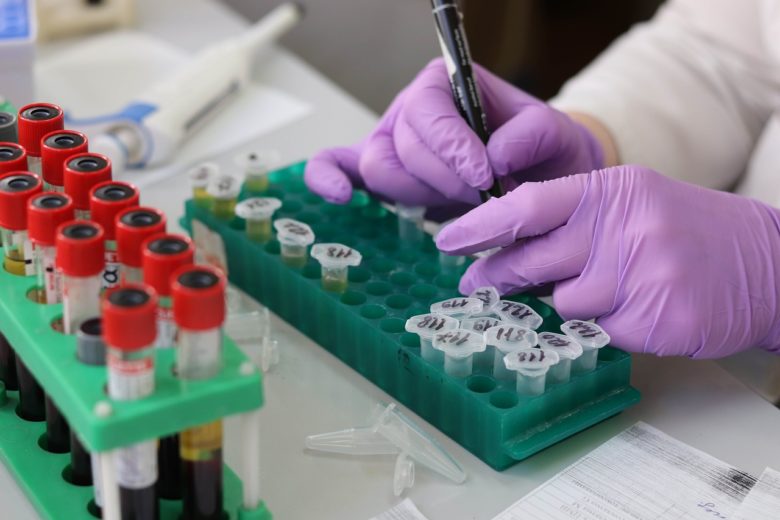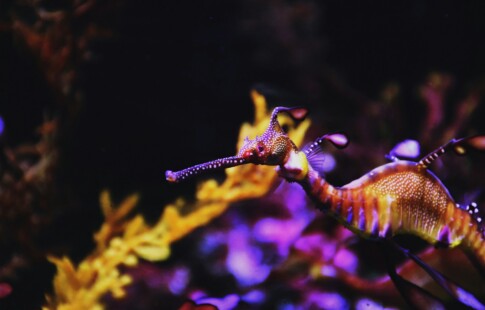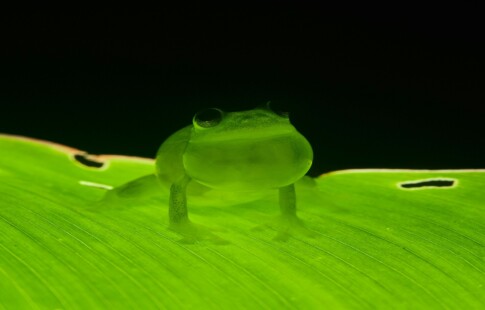
Scientists Search for Animals Spreading Coronavirus
We are reader-supported. When you buy through links on our site, we may earn affiliate commission.
In early December, the city of Wuhan, China, became the epicenter of the novel coronavirus. Since then, the virus has spread across the globe, infecting more than 500,000 people and killing more than 20,000. As scientists race to find the culprit behind the infection, evidence points to animals — namely those sold at a specific market in Wuhan. While numerous species remain suspect in investigating the cause, including bats and pangolins, the mystery remains unsolved. Meanwhile, the virus continues to spread.
Pointing the Finger at Markets
Chinese authorities first blamed the virus on a local seafood market not far from the Wuhan Institute of Virology. However, the people who showed the first signs of infection had never set foot in the market. Authorities then began considering wet markets as potential breeding grounds for the disease. These shopping centers, including the one in Wuhan, have entire sections dedicated to the buying and selling of wildlife like bamboo rats, scorpions, salamanders, civets and even crocodiles. People often buy these animals and their meat so they can eat it.
Shortly after the coronavirus appeared, officials closed the seafood market in Wuhan and have since banned wildlife trade and consumption. They also permanently shut down China’s wildlife-farming industry in an attempt to prevent more zoonotic diseases from jumping from animals to people. Although this may minimize the likelihood of another outbreak, it certainly won’t stop it entirely. Expanding cities will force animals to make their homes in urban environments, increasing the chances of human to wild animal contact and subsequent infections.
Biolab Leaks
While some people accept that the virus occurred naturally and spread from wild animals to humans, others have a hunch that the Wuhan Institute of Virology may have had something to do with the epidemic. The bioresearch lab is the only one in China that handles advanced viruses like the coronavirus. And some Chinese researchers are in the habit of selling lab animals to street vendors, even though the law requires the lab to cremate them. It isn’t impossible that the virus was transmitted through a lab animal — like a monkey or rat — that a citizen bought and ate. It wouldn’t be the first time a virus spread this way. In 2003, a virus that caused severe acute respiratory syndrome escaped from a lab in Beijing. Since then, SARS hasn’t reoccurred in the wild. Thus, contaminated lab animals may be to blame.
The Forbidden Pangolin Trade
While scientists continue their search for infected animals, another suspect has emerged — the pangolin. These scaly creatures feast on ants and termites and are a rare, endangered species. Many Chinese people value them for their meat and scales, which they grind up and use in traditional medicine. Lore claims these scales can cure cancer. Often, smugglers from Africa bring the animal to Asia to make a profit. And although China has banned the dealing of pangolins — both living and dead — the trade lives on. These mammals can transmit viruses to other species, and many strains of known viruses originate in wildlife. However, scientists found bats to be the carrier of the latest mutation of the coronavirus. Genome testing confirmed that the virus in bats is 96% identical to the one currently infecting humans. However, an infected bat likely passed the virus to another animal before any humans became infected.
The Missing Link
Pangolins, therefore, may be the missing link between bats and humans. If a bat dropped its feces on the ground and a pangolin happened to walk by and ingest these droppings, the scaly creature would then carry the disease. If a human were to eat the animal, they would then contract the virus. The same thing happened with SARS when a bat passed the virus to a civet, a wild cat species. Vendors sold the cat at a wet market like the one in Wuhan, which then spread the infection to humans. However, scientists still aren’t sure whether pangolins are the intermediary animal between bats and people. Pigs, civets and other mammals could be suspect as well.
More Questions and No Answers
Even though scientists are making progress, they are still likely far away from finding a culprit for the spreading virus. Full data from the pangolin study has not yet been released, and researchers are cautious about drawing any conclusions. Regardless of which animal spread the coronavirus, the Wuhan wet market was likely the origin of the first animal to human contact. Many potentially infected animals were sold there before the government shut it down. While bats and pangolins haven’t made the official list, they may have been sold there illegally unbeknownst to authorities. Through all the investigations and research, scientists have yet to find an explanation. If anything, the epidemic has only resulted in more questions. Hopefully, within the next few weeks, it will finally provide an answer.
Share on
Like what you read? Join other Environment.co readers!
Get the latest updates on our planet by subscribing to the Environment.co newsletter!
About the author

Jane Marsh
Starting from an early age, Jane Marsh loved all animals and became a budding environmentalist. Now, Jane works as the Editor-in-Chief of Environment.co where she covers topics related to climate policy, renewable energy, the food industry, and more.





